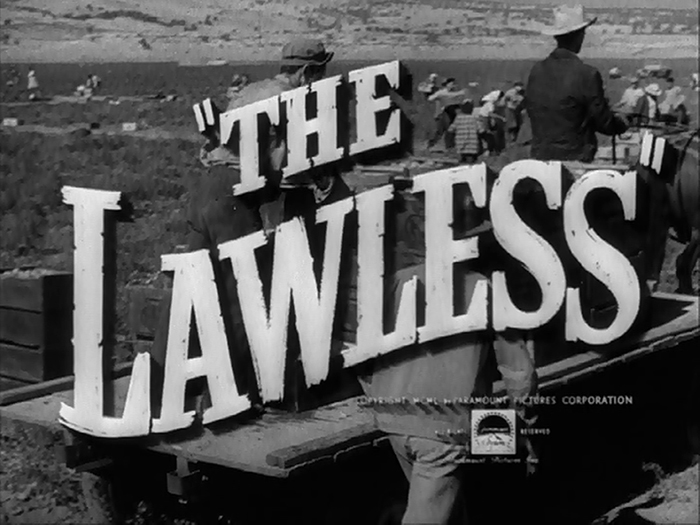One of the Center’s priorities is to better understand how the forces of immigration, migration, and cultural identity are transforming contemporary communities around the world. We address these issues in many ways—from our Folklife Festival programs and Smithsonian Folkways recordings to Smithsonian-wide initiatives, such as Our American Journey (OAJ), which began in 2010 to document, interpret, and exhibit the history and culture of immigration and migration in the United States.
OAJ has taken a particular interest in how different forms of ethnic media—including print, broadcasting, and electronic—may both affect and reflect the cultural identities of their communities. To this end, OAJ partnered with New America Media in 2013 to convene ethnic media roundtables in four U.S. cities. More recently, CFCH curator Sojin Kim and I served as OAJ consultants for One Nation with News for All, an exhibition on ethnic media in the United States, which will be on view until January 4, 2015, at the Newseum in Washington, D.C.
So, when I saw that the National Association for Hispanic and Latino Studies was seeking presentations for its Eastern Regional Conference in Tampa, I immediately thought of a fascinating but little-known 1950 film I had first seen at the National Gallery of Art in 2009. Produced by Paramount Pictures, The Lawless earned positive reviews upon its release, but then was largely forgotten—perhaps due in part to the fact that the film’s director, Joseph Losey (1909–1984), was blacklisted from Hollywood in 1951 for suspected membership in the Communist Party, and then spent the remainder of his career working outside the United States (primarily in England and France).
In April 2014, I had presented a paper at the European Association for American Studies conference in The Hague on another of Losey’s early films, The Boy with Green Hair (1948), as a bold cinematic allegory that promoted peace and racial tolerance before the reactionary tide of the Cold War tempered Hollywood’s boldness in the late 1940s and 1950s. A presentation on The Lawless seemed to me a splendid opportunity to combine my interests in Joseph Losey, ethnic media, and cultural identity.

Set in Santa Marta, California, a fictional small town amid fruit orchards north of Sacramento, The Lawless depicts a struggle between migratory fruit pickers of Mexican origin and the white residents “who, in the grip of blind anger forget their American heritage of tolerance and decency, and become the lawless” (in the words of the film’s opening titles). The area “across the tracks,” where the migrant workers live is known in the film as Sleepy Hollow—presumably less a reference to Washington Irving’s short story from 1820 than to the Sleepy Lagoon, the reservoir in Los Angeles where José Gallardo Diaz was found dead in 1942, leading to the murder trial of seventeen young Mexican Americans and the so-called Zoot Suit Riots in 1943. Those events clearly inspired the riots of an Anglo American mob in The Lawless.
As presented at the conference in Tampa on July 31, 2014, my paper focused on one of the lesser-noted aspects of the film: the depiction of a Spanish-language weekly newspaper, known as La Luz, and its relationship to mainstream media. The latter is represented in the film by the conservative Stockton Express (a stand-in for William Randolph Hearst’s tabloid the Los Angeles Herald-Express) and the more moderate local newspaper The Union. The tension among the three papers is personalized in the characters of Larry Wilder (played by Macdonald Carey), the editor and proprietor of The Union; Sunny Garcia (played by Gail Russell), a reporter for La Luz and the publisher’s daughter; and Jan Dawson (played by Lee Patrick), an opportunistic reporter for the Stockton Express.
I don’t want to give too much away about the film’s plot for those who haven’t yet seen The Lawless, but I highly recommend it as one of the best films about Mexican Americans and cultural identity—at least until the flowering in the early 1980s of Latino feature films, such as Zoot Suit (1981), El Norte (1983), and The Ballad of Gregorio Cortez (1983).
James Deutsch is a CFCH curator who has helped plan and develop Folklife Festival programs on the Peace Corps, China, Hungary, NASA, Mekong River, U.S. Forest Service, and Silk Road. In addition, he serves as an adjunct professor—teaching courses on American film history and folklore—in the American Studies Department at George Washington University.


